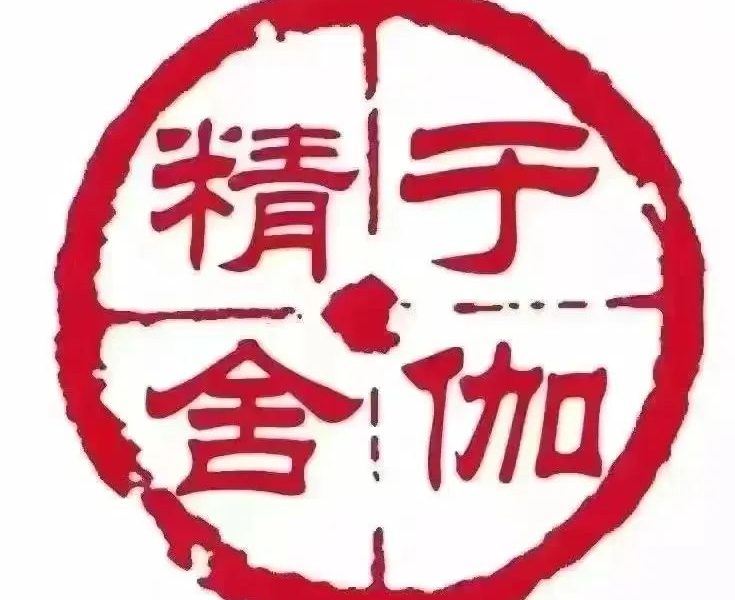In the end sequence of Ashtanga Yoga, shoulder handstand is very important.
On the basis of shoulder handstand, there are several postures, such as plow, lotus handstand, fetal shoulder handstand, etc.
Many people want to know urdhva Padmasana (upside down lotus stand) how to do it? Most people need to use their hands to help with the lotus plate, and the requirement here is to do the lotus in the shoulder handstand, which is equivalent to the lotus plate in the air, which is a little powerful.
In the practice of astonga, many people will slowly use their hands to help the lotus plate, which actually shows that the hip is not open enough to practice smoothly.
You will find that the lotus plate is not open enough in the astonga sequence Flowers are often the same as playing, not only in the shoulder handstand, but also in the head handstand and hand handstand.
Let’s talk about the dish lotus here: the key to whether the dish Lotus can easily dish is to look at the external rotation ability of the hip.
Here are two actions that can well test whether a person can easily dish lotus.
Beam angle pose if you can easily let your knees fall and stick them to the mat without external force in beam angle pose, then you won’t have any pressure.
Leg external rotation or use a more direct way to investigate the leg external rotation ability.
Straighten one leg and let the thigh rotate outward to see if the outside of the thigh can be pasted on the cushion.
Through the above two movements, the hip external rotation ability can be tested.
If you can’t do the above two movements easily, it means that the hip external rotation ability is not enough.
Entering the lotus disk with the aid of hands usually causes a certain pressure on the knee or ankle.
It is not recommended to keep the lotus disk for a long time in this state.
It is suggested to enhance the external rotation ability of the hip in the following ways: lie on your back against the wall on the cushion, bend your legs and knees, and step on the wall with your feet.
You can find your own clamping point and slowly flexible the hip joint.
Another way is to stand flexible the hip joint.
Stand in mountain pose, bend your knees and lift your left leg, open it to the outside and let your hips rotate.
This is actually a warm-up action before many people exercise, but it is not enough.
The rotation range here is larger, deeper and fully open the hip joint.
Improve the hip external rotation ability through practice and ensure that there is no pressure on the lotus knee or ankle, so you can practice the upper lotus shoulder handstand.
First let the legs fully rotate outward, showing an external eight shape, then bend the right leg and fall the ankle in the groin position; After the lotus is coiled on the right side, the knee is raised, and then the lotus hip on the left leg is flexible enough.
The lotus can be coiled for seconds without hands, and the knees and ankles are relatively relaxed without pressure.
Hand assisted disc lotus is not recommended to be kept for too long, which usually indicates that the hip is not flexible enough and needs to work hard.
Effort refers to making more efforts on opening the hip to enhance the external rotation ability of the hip, not gritting your teeth in the lotus disc.
Some people think that the practice of lotus is to bear the pain and practice it after a period of time.
A small number of people opened their hips in this way, but most of them did not open their hips, and their knees and ankles were abandoned first.
Many people practice meditation and like the dish lotus.
In fact, the most important thing in meditation is to keep the body in a stable and comfortable position.
If the dish lotus needs to gnash their teeth, what else to talk about meditation? end。.

